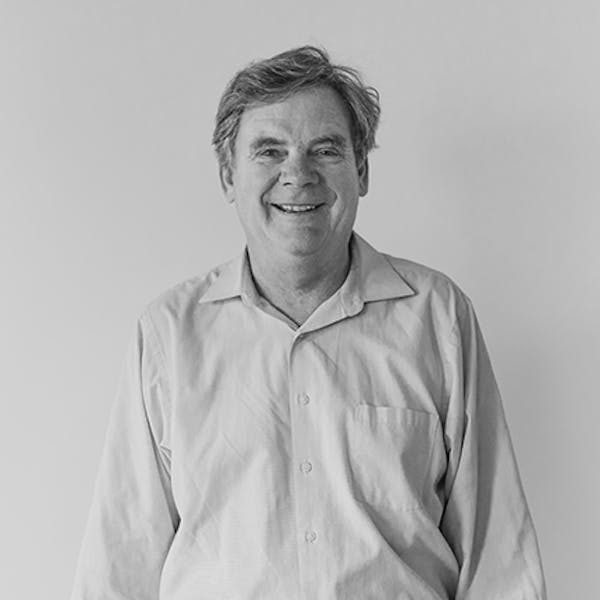Hereford College, at the University of Virginia, is a residential college inspired by the paradigm of Jefferson’s Academic Village. Students and faculty live, socialize, and dine together, providing a sense of community and enriching the life of the student at the University. The site is adjacent to a group of dormitories built in 1984 on a mountainous site somewhat removed from the historic center of the University. Because of the topography and the architects’ belief that one can remain contextual without actually copying precedent, the traditional aspects of this project are not derived directly from the “Jeffersonian” architecture, but are a new interpretation of collegiate residential living.
This project was designed in conjunction with the firm Tod Williams + Billie Tsien, of New York City. Hereford College houses 536 students, 3 faculty residents and the family residence of the principal of the College within its five housing units. Classrooms, a library, faculty office, a separate dining faculty, and an amphitheater were built, creating a self-sufficient campus.
Student rooms are linked at the school by a Grounds Wide Information System, creating a high-tech academic village connected by computers. Balancing this state-of-the-art technology, the dormitory provides an environment that, like Jefferson’s, is conducive to interaction between students and faculty, study, and activities involving art, music, lectures, seminars and cultural events. The dining facility serves as a social gathering place for students and faculty.
“With the strong steel portico and sloping glass walls of the dining hall and startling wedge of the house at the top, the whole thing adds up to the first 20th century project at the University that truly engages Thomas Jefferson’s [work]. It is more different from Jefferson than anything that has been built at the University in generations, but it rises to challenge him.”
“Jefferson’s Legacy: Dialogues with the Past.” Architecture View, The New York Times
Client: University of Virginia
Location: Charlottesville, VA
Discipline: Residence Life
Completion: 1992
Size: 250,000 SF
Key Team Members
Awards Received
1994 Design Award
Inform Magazine
1994 Honor Award for Excellence
AIA James River Chapter
1994 Excellence in Architecture Award
AIA Virginia
1994 Award for Excellence in Masonry Design
Virginia Masonry Society
1994 Award of Excellence
Virginia Chapter of the American Concrete Institute
